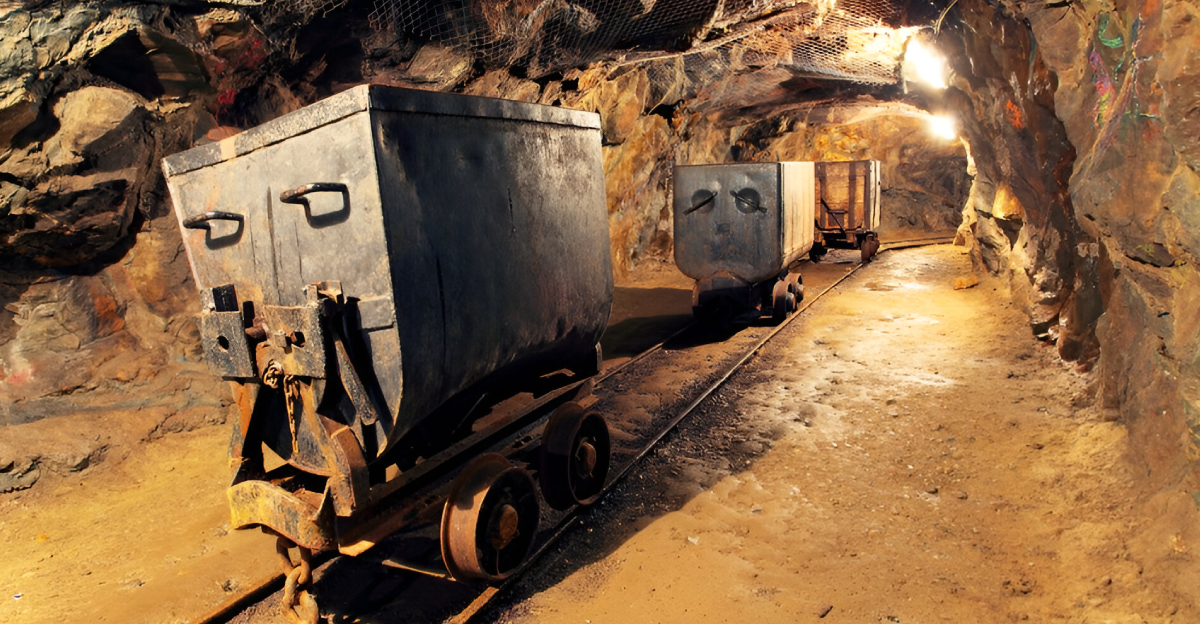
It’s pretty logical to expect to find gold beneath a goldfield, but the mining industry had its socks knocked off after a massive gold deposit was found beneath the Wangu goldfield in Pingjiang County, China. This colossal find is poised to be the largest gold ore reserve ever recorded, with up to 1,000 metric tons of high-quality gold hidden in over 40 veins deep below the Earth’s surface.
As experts begin to parse its ramifications, the find is poised to alter the dynamics of local economies, supply chains, and even global gold markets. Just how big will the impact of this jackpot be around the world?
Where the Gold Was Found
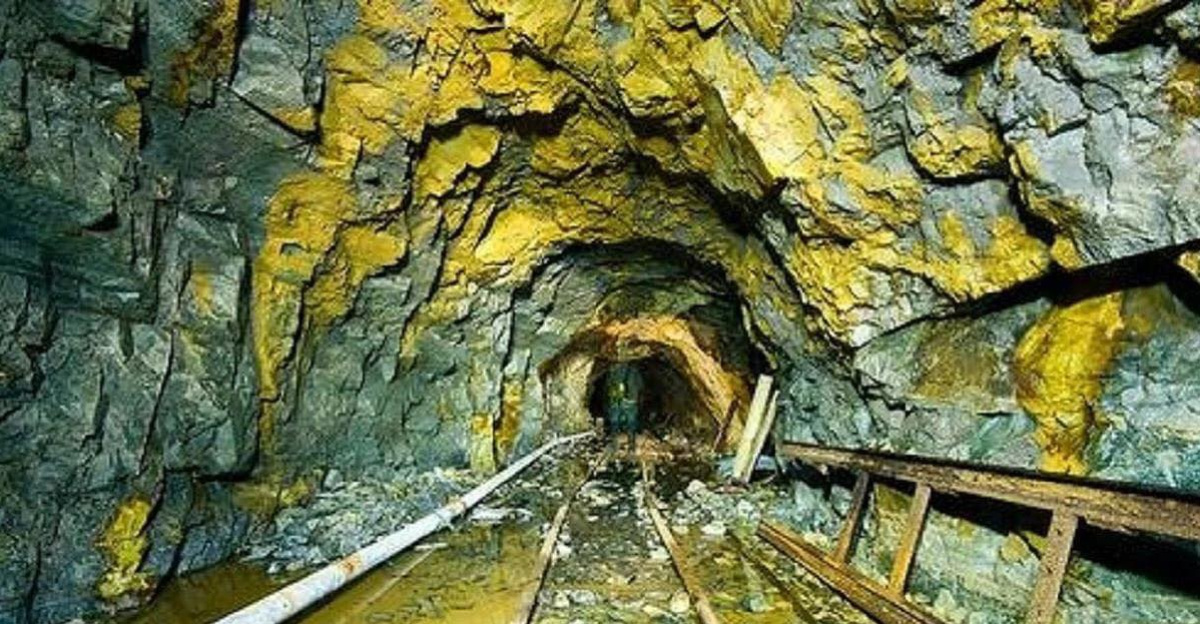
The star of the show is the Wangu gold field in Pingjiang County, situated in central China’s Hunan Province, where geologists identified more than 40 distinct gold veins running through deep underground layers, some reaching depths of up to 9,800 feet beneath the surface. Early drilling within the first 6,500 meters revealed roughly 300 metric tons of gold reserves.
Further exploration pushed total estimates beyond 1,000 metric tons, cementing Wangu’s standing as one of the richest untapped gold deposits in the world. “Many drilled rock cores showed visible gold,” said Chen Rulin, an ore-prospecting expert at the bureau.
From Core Samples to Confirmation
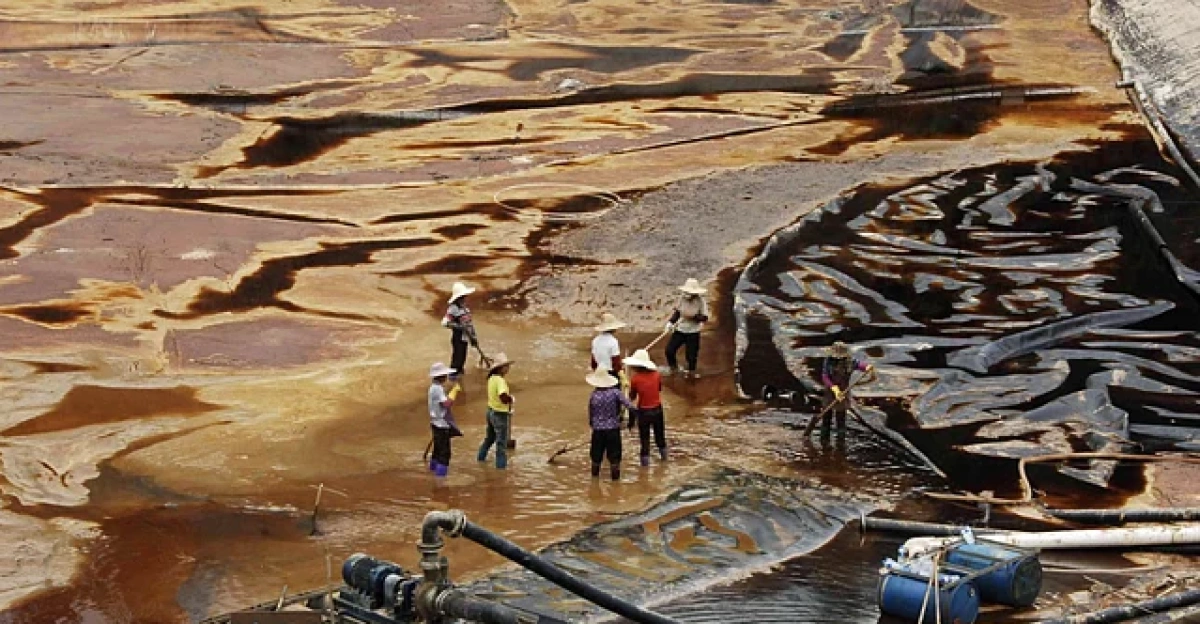
The discovery process began with routine exploratory drilling by a team of geologists from the Hunan Provincial Bureau of Geology, who initially encountered promising mineralization patterns in early core samples. As drilling continued, rock cores began to reveal astonishing concentrations of gold.
Scientists confirmed the presence of exceptionally high-grade gold, with specific samples containing over 4.9 ounces per ton, well above the industry average of 0.1 – 0.2 ounces. Consistent results across numerous drill sites provided the strong geological evidence to classify the deposit as a “supergiant.”
Technology and 3D Geological Modeling
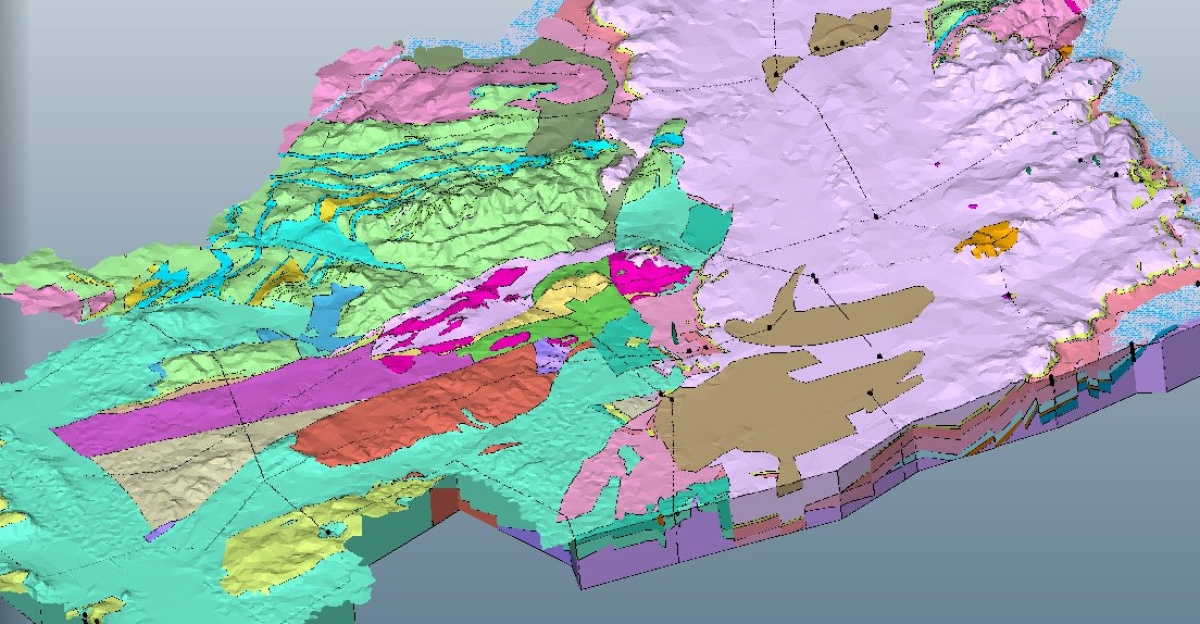
It comes as no surprise that technology has completely changed and improved the mining industry in the past decade, and this find is another excellent example. 3D modeling enabled geologists to visualize underground gold veins and rock formations with exceptional detail and accuracy. These digital models guided drill rigs with pinpoint precision toward the richest gold zones, and revealed numerous additional veins that may have otherwise gone undetected.
“Liu Yongjun, the deputy director of the Hunan Geological Bureau, has confirmed ongoing drilling efforts around the main deposit’s periphery, leading to the discovery of additional gold veins,” as reported by Sustainability Times.
Breaking Down the Numbers

Geologists estimate the site harbors over 1,000 metric tons of gold, equivalent to around 2.4 million pounds, distributed across over 40 identified veins within Pingjiang County, Hunan. The economic value is primarily calculated by multiplying the total estimated gold by prevailing market prices, which have hovered near record highs over the past year.
At an average gold price of approximately $2,690 per troy ounce in late 2024, 1,000 metric tons (about 32.15 million troy ounces) translates to the much-publicized $83 billion figure.
Breaking Past Records

What’s the point in making such a remarkable discovery if you’re not going to smash every record out there? Historically, some of the world’s most legendary gold deposits, like South Africa’s South Deep mine or the Grasberg mine in Indonesia, have set the benchmark for large-scale reserves. However, Wangu’s estimated 1,000 metric tons of gold coupled with its exceptionally high ore grades positions it as a potential record-breaker.
This find surpasses China’s previous largest gold reserve by nearly fivefold, and a reserve this big hasn’t been seen since the great gold rushes of the 19th and early 20th centuries.
From Importer to Supply Leader
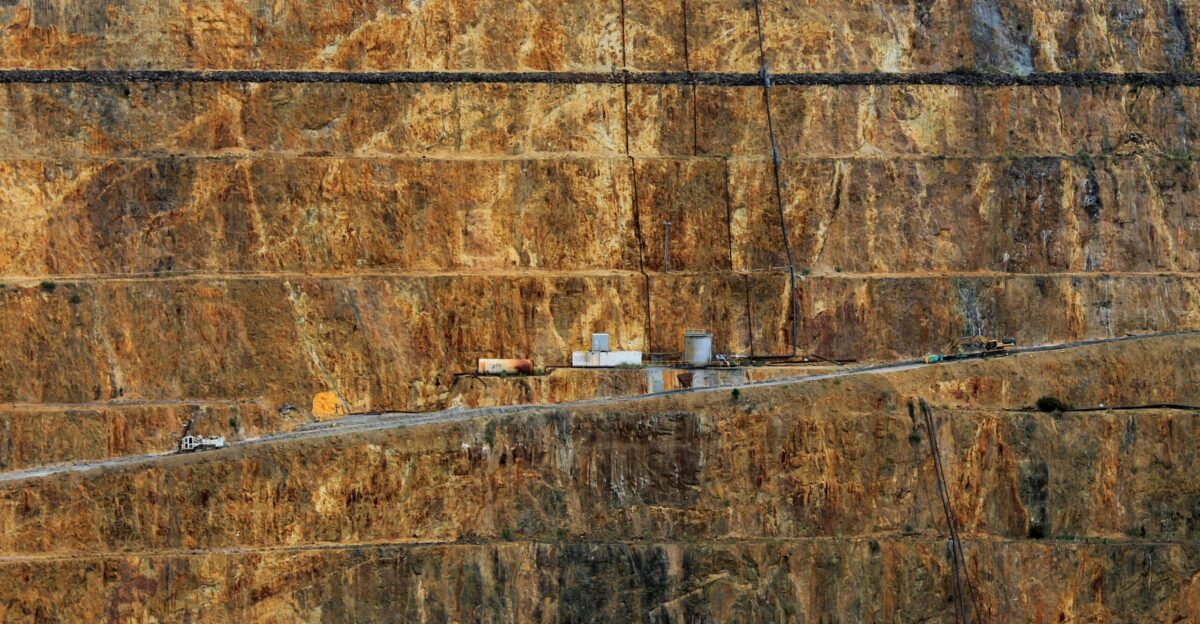
Once reliant on imports to satisfy burgeoning domestic demand, China dramatically expanded its domestic mining capacity in the late 20th century. In 2007, it overtook South Africa to become the world’s largest gold producer, a title it still holds in 2025. In 2024, China’s gold production reached 830,000 pounds, extending its dominance for the 18th consecutive year.
The country’s top producers are concentrated in provinces like Shandong, which accounts for approximately 40% of national output, and leading mining companies such as the China National Gold Group Corporation are instrumental in consolidating market power. Recent government policies aim to boost production by at least 5% between 2025 and 2027, ensure resource security, and further elevate China’s influence in global gold pricing and supply chains.
Global Market Ripples and Investor Response

Although the full impact on gold prices will likely unfold over several years, investor sentiment reacted swiftly. In the short term, the news fueled market speculation and a flurry of activity in mining equities and gold futures contracts, with some investors anticipating future supply growth and others wary of short-term price corrections as expectations of greater availability emerged.
Globally, analysts forecast that once significant volumes of Wangu gold enter the active supply chain, downward pressure on gold prices could occur, especially if global demand does not increase at a similar pace.
Environmental and Technical Challenges
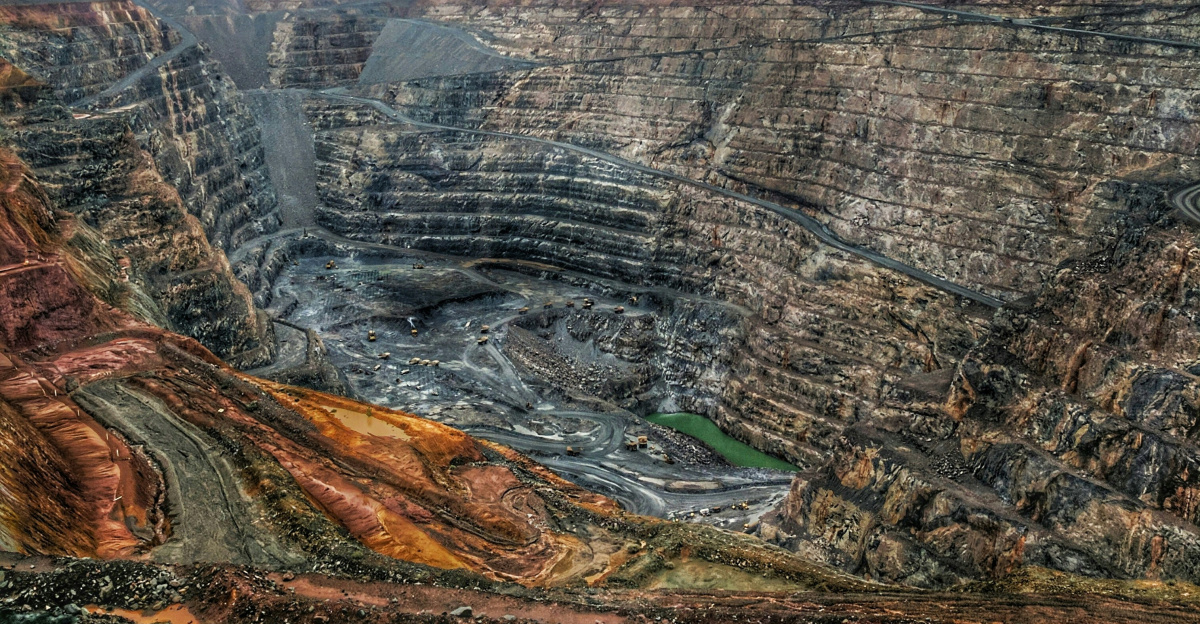
Although such a remarkable reserve has been found, extracting it from the ground isn’t quite as easy as it seems. On the environmental front, deep mining threatens to disturb ecosystems through land subsidence, water contamination, and increased carbon emissions. Authorities have instituted rigorous monitoring, recycling of processing water, dust suppression, and flood prevention at tailings ponds to mitigate risks. Still, the proximity to local water sources and possible accidental discharges remain pressing concerns.
Mining at such extreme depths requires robust cooling and ventilation systems to contend with intense underground heat and sophisticated ground support structures to withstand high rock pressures that threaten tunnel stability. Continuous geological monitoring, remote-controlled machinery, and enhanced safety protocols are critical for protecting miners and equipment in this high-risk environment.
Prospects for Further Exploration
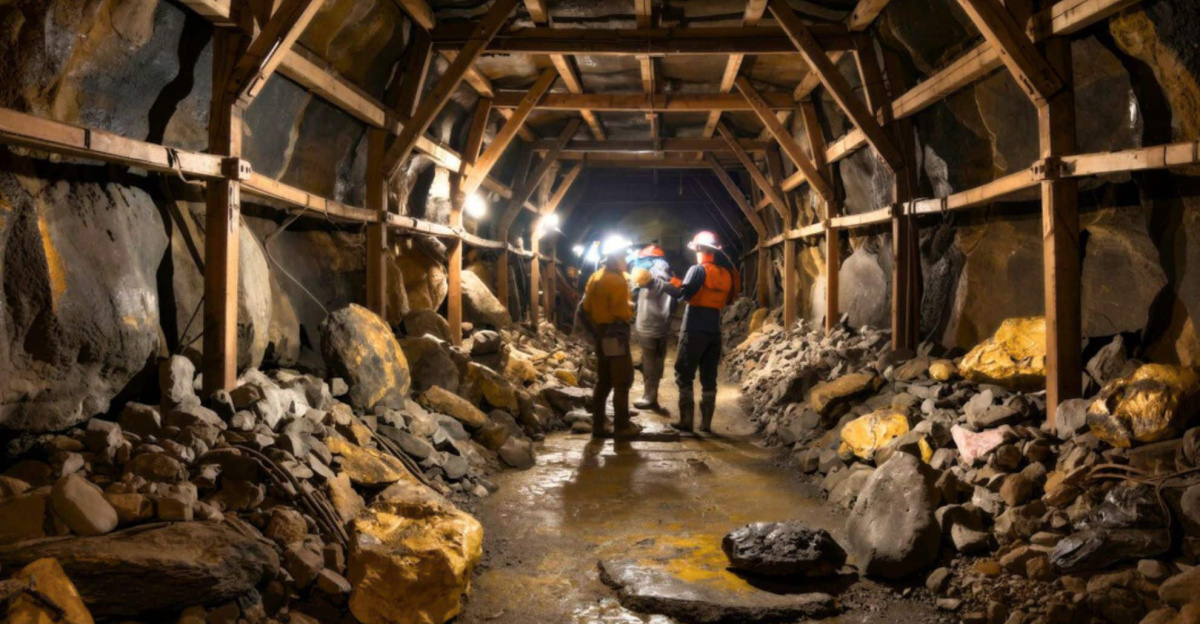
Geological teams are systematically surveying the periphery of the main field, uncovering new mineralized zones and suggesting that the deposit’s boundaries may expand significantly as exploration continues. With gold now prioritized as a strategic resource, national policy aims to increase gold resources by as much as 10% by 2027, and both government and private capital are pouring into mineral exploration at record rates.
In Hunan, plans are underway to expand supporting infrastructure and environmental safeguards to manage the challenges posed by large-scale mining at great depths. As data from ongoing surveys and new drilling become available, industry experts anticipate the likelihood of further discoveries.






